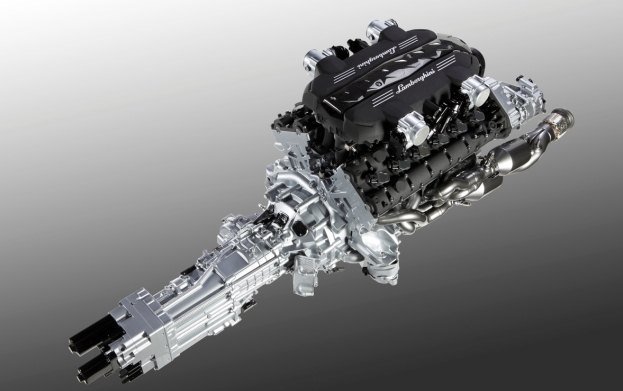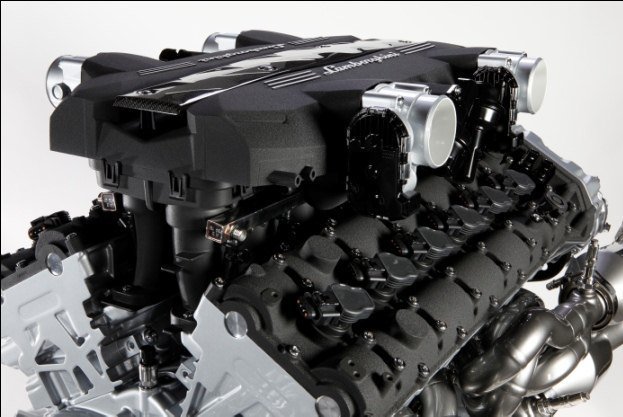Coming off the heels of reports about production of the Lamborghini Sesto Elemento Concept, Lamborghini has released official information about a new V-12 powerplant destined for its next-generation supercar.
A successor to the Murciélago is in the works for a launch next year. Little has been known about the new car other than its rumored “Jota” nameplate. Today we get an official glimpse of the all-new V-12 engine that will power that car.
The current Gallardo is unique with its V-10, but V-12 engines have always been the motivation for Lamborghini’s top-end supercars.
That includes models that range from the first Lamborghini in 1964 to the Miura, Espada, Countach, Diablo and Murciélago. It is only fitting then that the next car would be V-12 powered as well, and to do that Lamborghini started with a clean sheet of paper.
The new engine retains the previous V-12’s 6.5-liter displacement, but the similarities end there. Power has been increased to an even 700 horsepower and torque stands at an impressive 508 pound feet (690 NM). Peak horsepower output is available at 8,250 rpm and peak torque output at 5,500 rpm. These are impressive figures to garner from a naturally-aspirated engine.
Lamborghini’s focus on lightness is readily apparent in the new V-12, which is hand-built from start to finish at the company’s Sant’Agata Bolognese plant. Engine components like the crank case and cylinder heads are made from aluminum-silicon alloy. The resulting engine weights just 518 pounds (250 kilograms).
With the supercar manufacturers moving away from traditional manual gearboxes and towards F1-style paddle shifters and dual-clutch gearboxes, enthusiasts have been waiting to see Lamborghini’s approach. The answer is the ISR (Independent Shifting Rod) manual transmission, which is designed to create the world’s “most emotional gearshift feel.” Sounds like a good goal to us.
Instead of shifts taking place in a series like a traditional manual, shifting can occur virtually in parallel. As one shifting rod is moving out of a certain gear, the second shifting rod can already engage the next one, making for a lightning quick shift.
The shift times are almost 50 percent quicker than a standard dual-clutch transmission, and the ISR has the benefit of weighing less than those units (noticing a trend here?). The setup weighs just 179 pounds (79 kilograms).
Up until now, official details on the upcoming Murciélago replacement have been few. This announcement is significant as it shows a large investment in development of an all-new engine.



